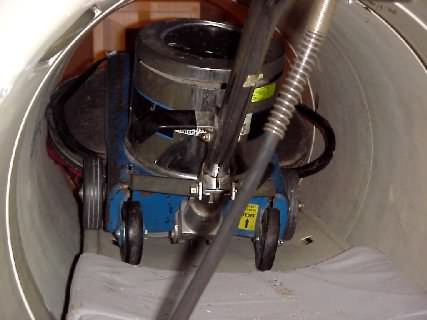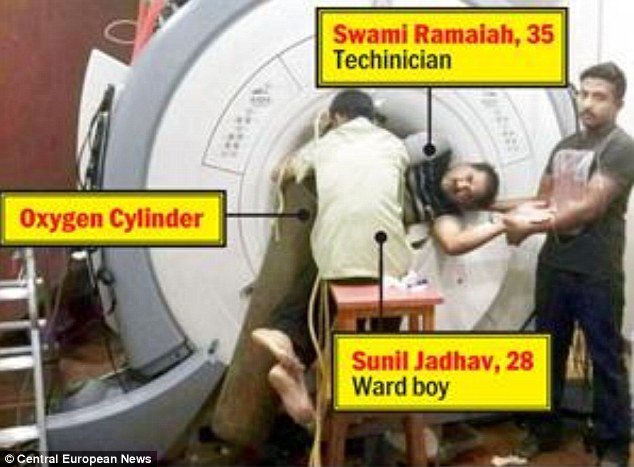EdFred
Taxi to Parking
I can't find a straight answer in any article on this so I'm asking here.
I've started construction of a pretty hefty electromagnet but it is not strong enough and the answer is more windings (already running off a 36V golf cart battery charger) on my coil by winding multiple layers. My core is about an 18" x 1.5" dia rod and I have turned one layer of wire on it and it works awesome, but not awesome enough. The first layer starts at the left end of the core and winds toward me at the bottom and away from me at the top and works its way to the right end where I have a tail to complete the circuit.
So my question is when I start my second layer do I:
Wind even layers from right to left and keep the winding toward me at the bottom and away from me at the top, and odd layers left to right or,
When I finish the each layer run the wire directly back to the left end (no winding) and then wind again left to right (like how a typewriter works: wind wind wind wind wind return wind wind wind wind return...), or
Use multiple individual wires with each layer being a single wire winding left to right and then solder the ends together.
Why am I making this? I had the materials laying around but also want to use it to to grab nails, screws, what not that end up in my fire pit because people dont listen and toss wood in there that has all this crap in it. Oh and really now its just to see how strong I can make it and at what distance I can get it to pull from.
It currently (get it?) will pull a box wrench from about 8" away.
I've started construction of a pretty hefty electromagnet but it is not strong enough and the answer is more windings (already running off a 36V golf cart battery charger) on my coil by winding multiple layers. My core is about an 18" x 1.5" dia rod and I have turned one layer of wire on it and it works awesome, but not awesome enough. The first layer starts at the left end of the core and winds toward me at the bottom and away from me at the top and works its way to the right end where I have a tail to complete the circuit.
So my question is when I start my second layer do I:
Wind even layers from right to left and keep the winding toward me at the bottom and away from me at the top, and odd layers left to right or,
When I finish the each layer run the wire directly back to the left end (no winding) and then wind again left to right (like how a typewriter works: wind wind wind wind wind return wind wind wind wind return...), or
Use multiple individual wires with each layer being a single wire winding left to right and then solder the ends together.
Why am I making this? I had the materials laying around but also want to use it to to grab nails, screws, what not that end up in my fire pit because people dont listen and toss wood in there that has all this crap in it. Oh and really now its just to see how strong I can make it and at what distance I can get it to pull from.
It currently (get it?) will pull a box wrench from about 8" away.
Last edited:



